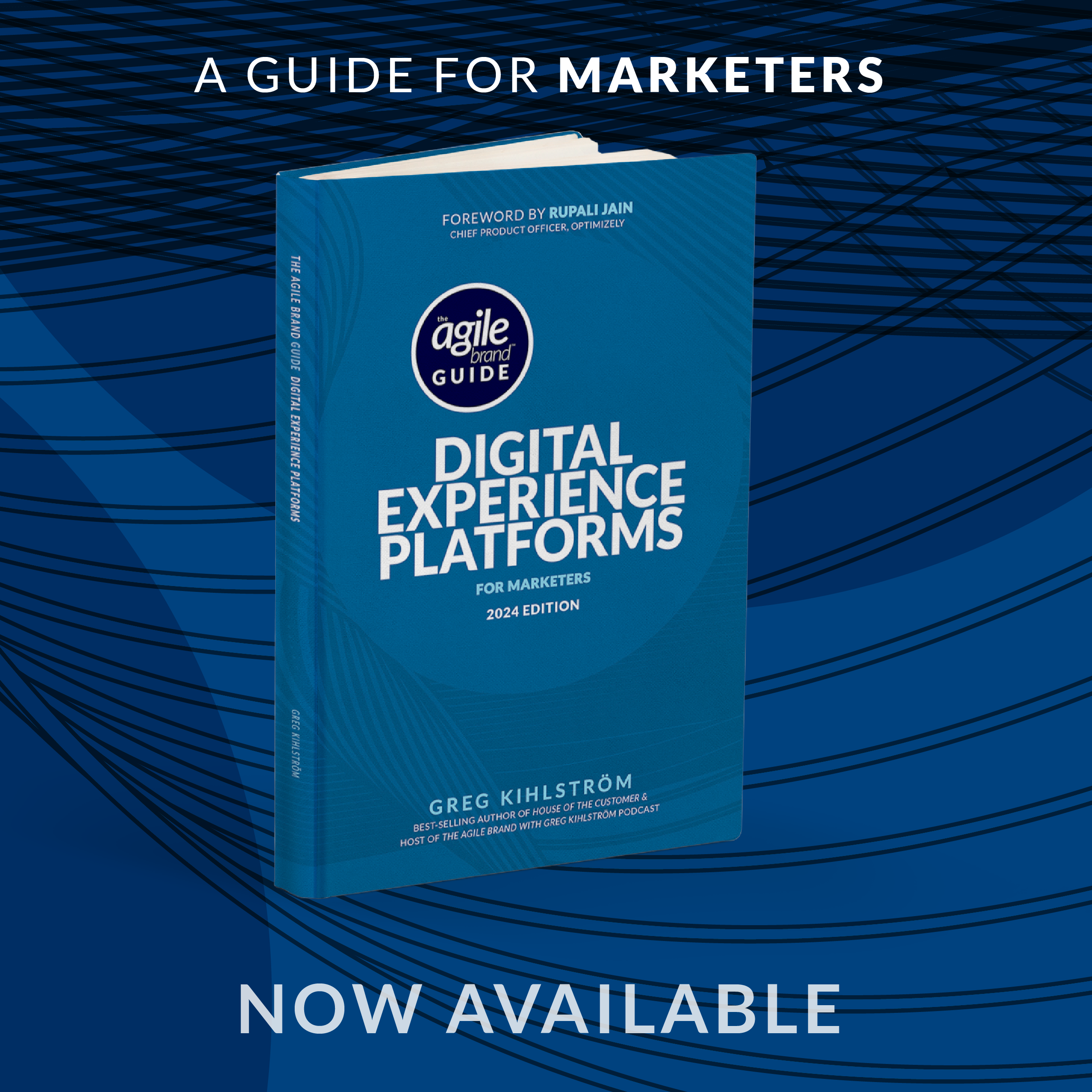This article was based on the interview with Adeline Ashley from Sitecore by Greg Kihlström, AI and MarTech keynote speaker for The Agile Brand with Greg Kihlström podcast. Listen to the original episode here:
The healthcare landscape is undergoing a significant transformation, driven by technological advancements and a growing emphasis on patient-centered care. One of the pivotal discussions in this evolution is the balance between hyper automation and maintaining the essential human touch in healthcare interactions.
As highlighted by Adeline Ashley in a recent podcast, the goal is to create a seamless and delightful experience for patients, akin to the interactions they have with trusted brands like Netflix and Delta. Achieving this balance is crucial for enhancing patient satisfaction, improving health outcomes, and streamlining operational efficiency.
In today’s digital age, patients are increasingly seen as consumers, expecting the same level of service and ease of access that they experience in other sectors. Ashley recounts a personal experience during her husband’s medical emergency, where effective communication from healthcare providers significantly alleviated her stress. This example underscores the importance of not only delivering timely information but also doing so in a manner that feels personal and caring. However, many patients still encounter complex systems and bureaucratic hurdles that detract from their overall experience.
The healthcare industry faces unique challenges, primarily due to stringent regulations such as HIPAA compliance, which safeguard patient privacy but can complicate the implementation of user-friendly digital experiences. To overcome these barriers, healthcare organizations must invest in understanding regulatory requirements, leveraging HIPAA-compliant technologies, and collaborating with various stakeholders. By doing so, they can create experiences that are both compliant and conducive to patient needs.
Artificial Intelligence (AI) emerges as a powerful tool in this context, offering the potential to enhance efficiency and streamline operations. However, there is a critical need to strike the right balance between automation and the human touch. As Ashley notes, AI should act as a co-pilot, handling routine tasks such as appointment reminders and symptom triaging, thereby freeing clinicians to focus on high-value patient interactions. This approach not only optimizes operational workflows but also ensures that patients receive the empathetic care they deserve.
Nevertheless, there is a risk that over-reliance on technology can lead to impersonal interactions. Patients can often sense when they are engaging with automated systems rather than human beings, which can diminish their overall experience. To mitigate this, healthcare organizations should integrate empathetic communications into their automated processes. AI can assist in brainstorming and generating ideas for patient communications, but it is essential that human professionals refine these messages to ensure they resonate on a personal level.
Moreover, healthcare organizations must remain vigilant about situations where technology may do more harm than good. For instance, excessive automation can lead to frustrations when patients feel lost in a sea of digital interfaces without adequate human support. Organizations must navigate these scenarios carefully, ensuring that technology enhances rather than detracts from the patient experience.
The healthcare sector stands at a crossroads where the integration of technology can significantly improve patient interactions. However, the key to success lies in balancing automation with the human touch. By prioritizing patient needs, simplifying access, and leveraging technology thoughtfully, healthcare organizations can transform the patient experience for the better. The call to action is clear: embrace innovation while remaining steadfast in the commitment to compassionate care, ultimately leading to improved patient satisfaction and health outcomes.










